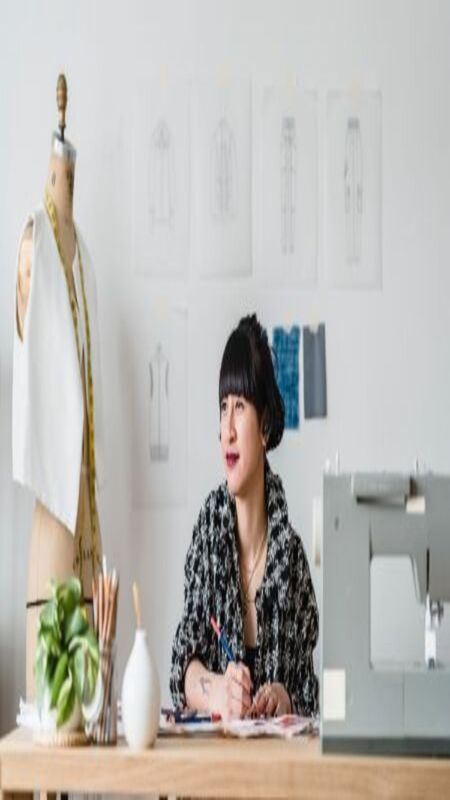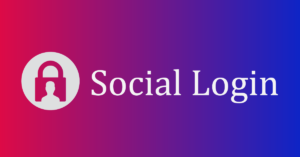Table of Contents
ToggleThe right sewing machine will allow for more than just sewing a few stitches. It can also be used for industrial purposes, and some models have features that allow you to lock the stitch, which makes it easier to sew large pieces of fabric.
Lock stitch
Whether you are sewing garments or accessories, you will most likely need to use a lock stitch. There are a few different types of stitches available for sewing machines, and each type has its own advantages and disadvantages.
The most commonly used type of stitch on small sewing machine is the lock stitch. This stitch is great for sewing fine fabrics, as it doesn’t fray or pucker.
Although it is simple, a lock stitch is very efficient. This stitch is great for sewing large quantities of fabric or a variety different types of cloths. Because the seams will appear the same, it is ideal for sewing the front and back of seams.
You can either make lock stitches by hand or use a sewing machine to do so. A sewing machine may also have a built-in lock stitch feature, which sews a specific number of stitches in one go. It is best to start with a basic lock stitch if you are just starting out. Once you feel comfortable with the lock stitch, you can move on to other stitches.
First, thread the needle using a single thread to sew a lock stitch. You can sew either a straight or zigzag stitch. If you are unsure of which stitch to use, consult the user manual.
You will also need to thread the needle with the thread that is going to be used for the stitch. If you don’t have a machine that has a built-in lock stitch feature, you can hand-knot the end of the thread tails. This will make a loop on the underside of the fabric, which will help to form the lock stitch.
Double-needle or twin-needle
You can add creativity to your sewing projects by using twin and double needles in your machine. They are great for topstitching and decorative stitches.
When choosing a double needle, make sure that it is the right size for your fabric. If you are planning on sewing knit fabrics, you might want to buy a needle with a ballpoint tip. These needles can penetrate thicker fabrics more easily than regular needles.
A larger eye will allow for smoother thread flow at higher speeds. This is especially important for decorative stitches.
There are many types and varieties of twin and double needles. They are all different in size and shape. They are available for many types of sewing machines.
To determine which twin needle will fit your machine, check out the manual for your machine. Many modern sewing machines have a special button for twin-needle use. Many sewing machines also have a place to store the second spool. You can also buy an accessory spool stand for twin needles.
You can create a zigzag stitch with twin or double needles. Your stitch will have more stretch if you use the zigzag pattern. To get an idea of how the stitch looks on scrap fabric, you should first try it out sewingmachinemaster.com.
These include the 2.5/80 which is a 2.5-millimeter wide stitch with a 4-millimeter gap between two size 80 needles.
The 3/80 twin needle has a 3 millimeter space between two size 80 needles. This is a good length for beginners.
It is essential that your zigzag needle slot on your machine is large enough to allow for the best view. It is also important to ensure that the fabric you are sewn is not too thick. If it is too thin, you might need to put interfacing on the back of your fabric.
Electronic
An electronic sewing machine can make sewing easy. It is easy to use and comes with many features. It’s also very affordable.
These machines can also help you save time by automatically adjusting the manual features. They also have a large variety of stitch patterns. These machines are great at sewing clothing. Some models include a touch screen for easy navigation.
These machines are great for embroidery. Some of them even have an automatic thread cutter. They also offer an automatic needle threader and presser foot lowering.
They may also offer features such as an automatic fabric sensor system, multi-directional sewing, and basting. You can also download millions of patterns from the Internet. Some models even offer a large display screen.
Some models also offer features like a free arm for sewing sleeves. You may also find an LED display screen. The screen will display the current length and tension. Some models will suggest the right tension and length.
It is a big decision to choose a sewing machine. You should choose one that meets your needs. Some of them are very expensive. You also need to know how to use them. Manufacturers also provide manuals, tutorials, and tips for sewing.
These machines are great for DIY projects and home decorating. They can also be used for zip fixing and hemming. They can handle any type of fabric, including cotton, polyester, and wool.
Choosing an electronic sewing machine will depend on your needs. If you’re a beginner, choose a zigzag machine. If you’re a professional, opt for a machine with an embroidery unit.
Your needs and budget will determine the right sewing machine for you. It’s a good idea to create a list of all your sewing projects, then compare the features of each machine to help you choose the best one.
Industrial
Industrial sewing machines are usually designed for heavy-duty workloads and are used in factories where sewing is a daily task. They have larger throat spaces and higher production capacities. They are also better at performing heavy-duty sewing jobs and can handle more intensive projects.
The demand for industrial sewing machines has grown due to the growth of the textile sector. Increasing consumer spending in developing countries is expected to drive the market in the region.
Apparel manufacturers that produce large quantities of garments need industrial sewing machines. They also require machines that can handle the workload and stand up to wear and tear.
Industrial sewing machines have a wide variety of stitches, which include plain straight stitches, chainstitch, overlock and lock stitches. These stitches are typically formed using one to seven threads. Some machines also feature automatic pocket setters, electronic eyelet buttonholers and pattern programmability.
BERNINA International AG and Brother International Corporation are some of the top manufacturers of sewing machines.
Industrial sewing machines are considered to be more expensive than domestic machines. Despite their higher costs, businesses are willing to invest in them due to their ability to perform a variety of tasks. They also require special needles that are designed to fit different materials. Industrial sewing machines are more efficient and produce better stitches than domestic machines.








